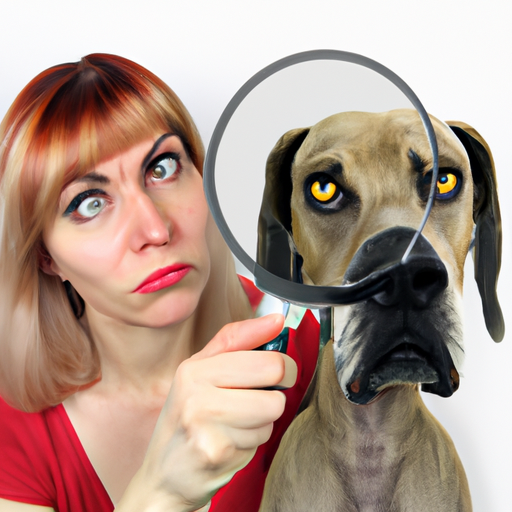As a caregiver, you’re naturally concerned when you notice changes in your pet, especially when those changes involve their eyes. Your dog’s eyes are windows to their overall health, and noticing redness can be alarming. This piece will guide you through the possible causes of your dog’s red eyes, possible treatments, and when it’s time to seek veterinary help.
1. Common Causes of Red Eyes in Dogs
Your dog’s eyes can turn red for a myriad of reasons, some more serious than others. Here are some of the most common causes:
- Allergies: Just like humans, dogs can have allergies that cause eye redness. This can be due to environmental factors like pollen, dust, or certain foods.
- Infections: Bacterial or viral infections can cause conjunctivitis, also known as “pink eye”.
- Injury: Physical trauma to the eye can cause redness. This could be due to a scratch, foreign object, or blunt force.
- Diseases: Certain diseases such as glaucoma, dry eye, or uveitis can cause red eyes.
2. How to Treat Red Eyes in Dogs at Home
In some cases, you can provide relief for your dog’s red eyes at home. Here are some methods you might consider:
- Rinsing the Eyes: Use a saline solution or special dog eye wash to gently rinse your dog’s eyes. This can help remove irritants and soothe inflammation.
- Applying a Cold Compress: A cold compress can reduce swelling and discomfort. Be sure to wrap the compress in a cloth to protect your dog’s eyes.
- Over-the-Counter Eye Drops: Certain over-the-counter eye drops are safe for dogs and can provide relief from itching and dryness.
- Limit Exposure to Allergens: If you suspect allergies are the cause, try to identify and limit your dog’s exposure to the allergen.
Remember, these are just temporary solutions. If your dog’s eyes continue to be red, it’s important to seek veterinary care.
3. When to See a Veterinarian
If your dog’s red eyes persist or are accompanied by other symptoms, it’s time to see a vet. These symptoms might include:
- Constant scratching or pawing at the eyes
- Increased tear production
- Discharge from the eyes
- Changes in behavior, such as lethargy or loss of appetite
Your vet can provide a proper diagnosis and treatment plan, which may include antibiotics, anti-inflammatory drugs, or in some cases, surgery.
4. Preventing Red Eyes in Dogs
While not all causes of red eyes can be prevented, there are steps you can take to protect your dog’s eye health:
- Regularly clean your dog’s eyes with a soft, damp cloth.
- Trim hair around the eyes to prevent irritation.
- Provide a balanced diet to support overall health.
- Schedule regular vet check-ups for early detection of potential issues.
5. FAQ
Below are answers to some common questions you may have about your dog’s red eyes.
Q: Can I use human eye drops on my dog?
A: Not all human eye drops are safe for dogs. Always consult your vet before using any medication on your dog.
Q: My dog’s eyes are red but they don’t seem to be in pain. What should I do?
A: Even if your dog doesn’t show signs of discomfort, prolonged redness can be a sign of an underlying condition. It’s best to consult your vet.
Q: How can I tell if my dog has an eye infection?
A: Signs of an eye infection in dogs can include redness, discharge, excessive tearing, and pawing at the eye. Consult your vet if you notice these symptoms.
Q: Can red eyes in dogs be prevented?
A: While you can’t prevent all causes of red eyes, regular eye cleaning, a healthy diet, and regular vet visits can help maintain your dog’s eye health.
In conclusion, red eyes in dogs can be due to various reasons ranging from minor irritations to serious health conditions. As a caregiver, your vigilance and quick action can ensure your furry friend’s optimal eye health. Always consult your vet if you’re unsure or if your dog’s symptoms persist.



